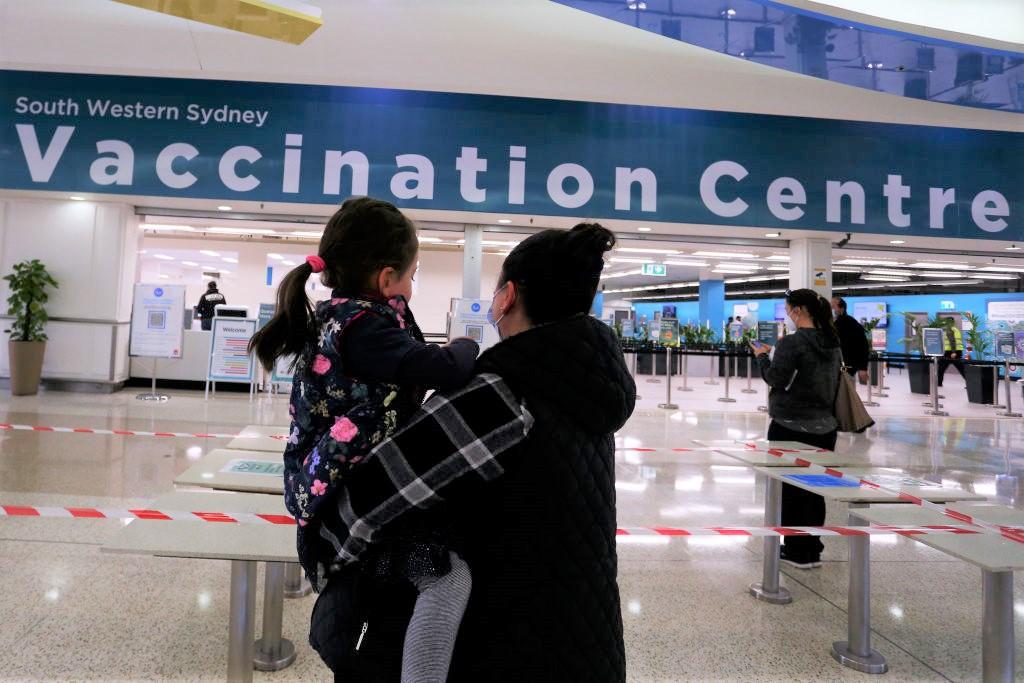Research is emerging on the significant impact that lockdowns have had on Australian children, including physical and mental wellbeing, academic and learning development, socialisation, and more.
Research conducted by SFI Health with over 2,000 Australians revealed that the majority of parents (66 percent) indicated that their children spent too much time on screens during lockdowns, and feared that it would impact their cognitive health.





